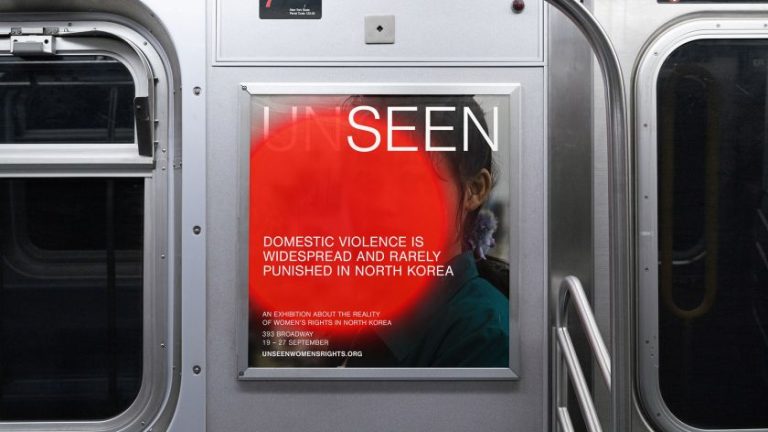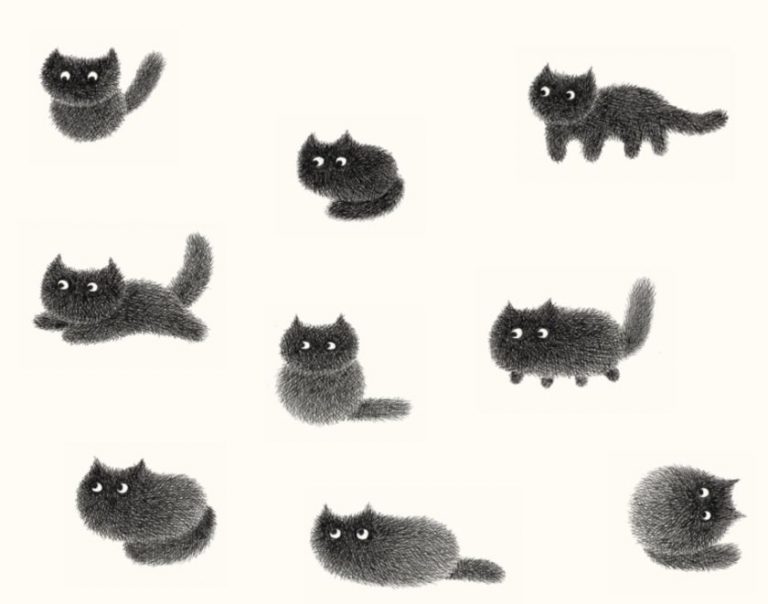All images: Thames & Hudson
Documenting every print edition by the artist from 2002-2022, Banksy: The Prints reveals the subversive genius behind 30,000 collectable works.
Weird, isn’t it? Right now, everyone in the creative world seems to be trying to get noticed. And yet Banksy’s anonymity has only amplified his influence. Over three decades, this Bristol-born provocateur has transformed from a local graffiti artist into a global cultural phenomenon, demonstrating how an authentic creative voice can cut through commercial noise.
More than anyone else, Banksy’s work has changed our perception of public art’s possibilities, proving that creativity thrives when it breaks with convention and transcends boundaries. And while that might sound very serious, he’s done it all by putting a smile on people’s faces.
But while it’s Banksy’s street work that mainly captures the headlines, his parallel practice of printmaking has also built a significant legacy. Now Banksy: The Prints, authored by Roberto Campolucci-Bordi with an introduction by Professor Paul Coldwell, finally gives this overlooked body of work the comprehensive treatment it deserves.
Everything’s included
This meticulously researched volume documents every known print edition produced between 2002 and 2022—51 official editions comprising over 170 unique variations, totalling an estimated 30,000 individual prints. For an artist whose work “famously belongs on the streets,” these prints have served a crucial democratising function; as Robert notes in his preface: “[They] made his art accessible to a wider audience, maintaining affordable prices and availability to people of all means.”
The book’s structure reveals Banksy’s strategic thinking. Organised chronologically by release year, it shows how his printmaking practice has evolved alongside his street interventions, often expanding on themes explored in his public works. Each entry includes essential production details—dimensions, paper types, edition sizes, colour variants, and crucially for collectors, original pricing for both signed and unsigned versions.
Professor Paul’s introduction contextualises all this within Britain’s rich tradition of political satire, comparing him to “William Hogarth, James Gillray, Thomas Rowlandson and George Cruikshank, although these artists used engraving to circulate their images, while Banksy has adopted screen print.”
This historical perspective illuminates why Banksy’s choice of medium matters. Screen printing, embraced by Pop Artists like Warhol in the 1960s, carries associations with commercial advertising and protest art—perfect vehicles for Banksy’s anti-establishment message.
The technical analysis proves particularly valuable for creative professionals. Paul explains how “Banksy’s prints use high-contrast photographic images, each divided into just black and white,” creating “a sharp division between those areas that print and those left blank.” This reductive approach—familiar from his street stencils—demonstrates how constraint can amplify impact.
“There is no attempt to make them formally innovative, complex or picturesque,” Paul observes. “They retain a certain directness, as if made in the heat of the moment when the message is most readable.”
Historical context
The book reveals Banksy’s sophisticated understanding of visual culture through his appropriation techniques. Works like Pulp Fiction (2003), where he replaces pointing guns with bananas, or Golf Sale (2003), featuring the Tiananmen Square protester holding a sale sign, show his mastery of what Paul calls ‘photomontage’. These interventions follow traditions established by German Dadaist John Heartfield and contemporary political artist Peter Kennard, proving how historical techniques can serve contemporary critique.
Perhaps most significantly for creatives, the prints demonstrate how to maintain artistic integrity whilst building commercial sustainability. Initially priced affordably—”often for no more than the price of a poster”—these works have since commanded substantial sums on secondary markets, creating a windfall for early collectors whilst ensuring the artist has maintained a close connection with his followers.
Banksy: The Prints arrives at a moment when creative professionals are increasingly questioning art world hierarchies. The book documents how Banksy bypassed galleries entirely, initially selling through Pictures on Walls, a London print house established in 2003 by a collection of artists that was instrumental in raising the profile of street art, before closing in 2017.
Robert’s journey to create this unauthorised catalogue—beginning with childhood exposure to Subway Art and later Banging Your Head Against a Brick Wall—mirrors many creatives’ experiences discovering alternative art forms. His methodical documentation of every known print edition, despite receiving no cooperation from Banksy or his official authentication body, Pest Control demonstrates the value of independent scholarship in preserving creative legacies.
For creatives seeking to understand how authenticity translates into lasting influence, this catalogue provides invaluable insights. It reveals how Banksy’s prints serve not merely as collectables, but as a lasting record of ideas that might otherwise vanish from walls.
In short, Banksy: The Prints stands as essential reading for anyone seeking to understand how genuine creative vision can simultaneously challenge systems and work within them—a lesson increasingly relevant in today’s complex creative economy.










